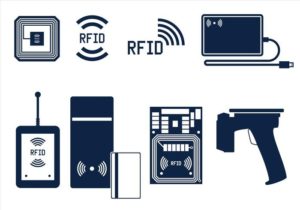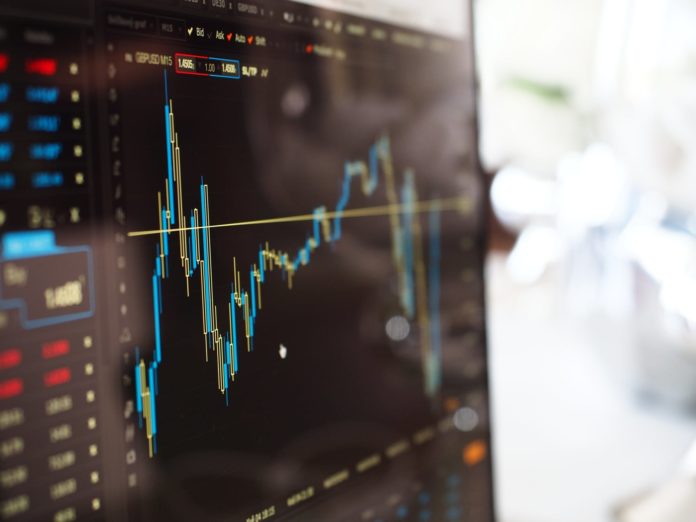The Internet of Things is availing a new form of digital business transformation. It act as a catalyst for the IT leaders to drive their business innovation engine. IoT has already marked its presence in the payment world, with the incredible application like ApplePay enabling consumers to pay through smartphone and wearable products such as Apple watches.
The technology has not only bounded its limit up to apps, with IoT, retailers or hotels are able to register consumers by the time they entered on site, making them pay electronically for their orders and allowing them to walk out without any intervention providing e-receipt.
Businesses offering facilities like rental vehicles, gyming, clubbing will be able to implement ‘pay-per-use’ concept on-premise with the powered geographical positioning system for tracking users behaviours such as time and total use of the provided facility.
This way by making a quick, reliable and secure connection, the Internet of Thing is availing resulting solutions.
1). Vending machines, digital signs and ATMs will easily deploy in any location within minutes making banking transactions more comfortable and faster without spending money for wired connections.
2). The point-of-sale system uses the mobile network for secure payment processing making convenient use of debit or credit cards for global transactions, without making any trouble to the consumer.
3). For short-term events like campaigns, small business operations, events, or other outdoor venues, launching temporary connection is as simple as moving to gateways.
4). IoT powered POS systems used by retailers provide reliable continuity to businesses as minutes of server down can make them lose thousands of bucks. With LTE powered network connection with failover solutions ensures businesses to stay connected to the network even if the server goes down.
5). For fastest growing companies IoT avails new opportunities to build up their capital growth. Putting the wired solution in such business take weeks, IoT supports complete business operations by providing wireless gateways for a new location with minutes of integration and failover connection facility.
Radio-Frequency Identification (RFID):
RFID is supposed to be the first IoT application for retail operations. It provides end-to-end inventory control to retailers by monitoring  resources or goods in the sell-purchase cycle. RFID use electromagnetic fields to track the tag attached to the goods. It has reduced the use of barcode scanners at the product and allows consumers to easily pay via their debit or credit card on smartphones in stores making the transaction a self-checkout process. For inventory controls, RFID provides theft protection by preventing shoplifting from stores with implemented electronic article surveillance (EAS) technology within it. Various tags used in the products can be physically removed or deactivated once payment is successful. Customers have to cross the RFID detector when they leave the premises. If the item will have active RFID tag, detector throws alarm sound, indicating the problem such as unsuccessful payment or theft case.
resources or goods in the sell-purchase cycle. RFID use electromagnetic fields to track the tag attached to the goods. It has reduced the use of barcode scanners at the product and allows consumers to easily pay via their debit or credit card on smartphones in stores making the transaction a self-checkout process. For inventory controls, RFID provides theft protection by preventing shoplifting from stores with implemented electronic article surveillance (EAS) technology within it. Various tags used in the products can be physically removed or deactivated once payment is successful. Customers have to cross the RFID detector when they leave the premises. If the item will have active RFID tag, detector throws alarm sound, indicating the problem such as unsuccessful payment or theft case.
Process Automation:
Organisations are automating their manual processes to increase efficiency and optimise the cost of the operation. According to a report presented by Cisco, almost 48 percent of the operations in the retail marketing world can be automated. Manual operations such as barcode scanning, application integration with tools, mobile banking and payments, automated checkouts, receipts, product information or beacon technology can be quickly and efficiently automated. Moving further, the retailers who are implementing these solutions are achieving the best result.
Customer Data and Analytics Infrastructure:
With the successful implementation of IoT enabled technologies and sensors, transmitters etc., the connected devices over the network are being converted into smart devices which generates the enormous sensible information. It is the reason, investors and big organisations are tending towards the investment in machine learning, data analytics, visualisation infrastructure to collect valuable insights from the stored information generated with these devices. Machine learning with R programming or python is broadly used by today’s organisations to analyse collected informations.
Enhanced Marketing:
Few retailers are using the beacon advertising technology in their store for promoting smartphone marketing. These wireless devices transmit signals in the premises and send pop-ups or ads to consumers cellphone when they step inside the premise. Thus, retailers can promote various tactics such as coupons, or special offers etc., when consumers pass by goods.
Final Words:
These new strategies for retailers are governed by IoT and POS technology together, providing opportunities for a successful automated business. Few retailers are already upgrading their hardware and software to accommodate the use of EMV credit cards with reduced security risks. These smart solutions help sellers to achieve maximised profit and attain handy solutions.





















